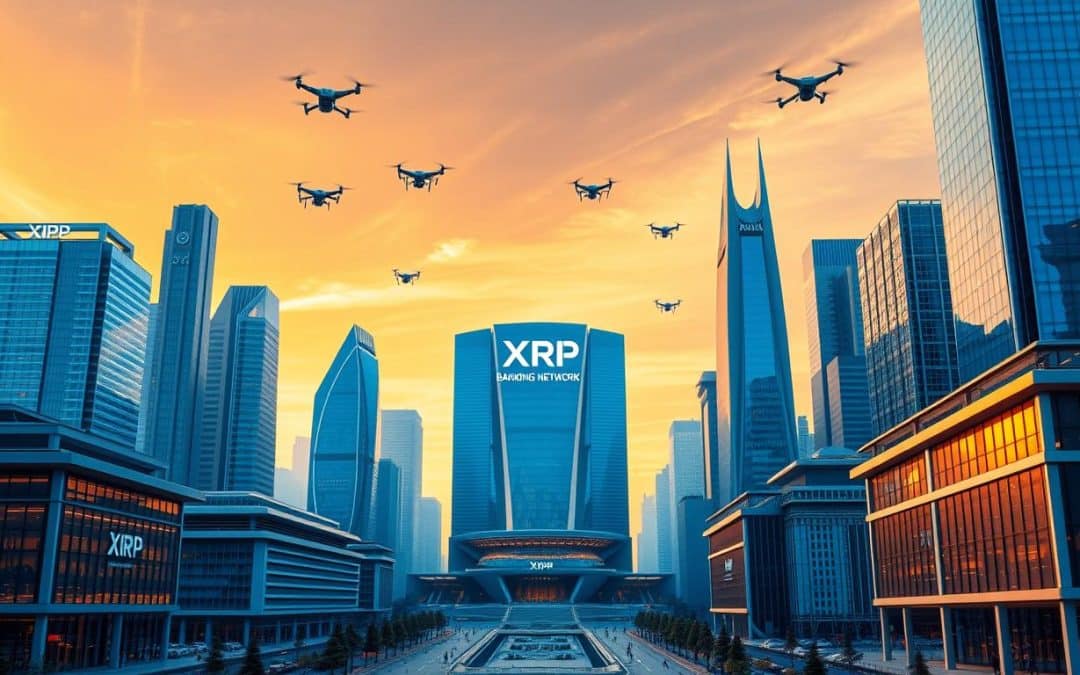XRP is transforming cross-border payments in banking, offering faster and more efficient transactions. Financial institutions are increasingly adopting XRP technology to streamline international money transfers and reduce costs.
Key Takeaways
- XRP enables near-instant cross-border transactions
- Growing institutional interest in XRP for banking solutions
- Potential for significant cost savings in international transfers
- Regulatory developments could accelerate XRP adoption
- XRP offers improved liquidity management for banks
Overview of XRP and Ripple’s Impact on Banking
Ripple created XRP as a digital asset to address inefficiencies in cross-border payments. It offers incredibly fast transaction speeds, completing transfers in seconds rather than days. This efficiency surpasses traditional banking systems.
Key Features of XRP
- Transaction speed: Settles in 3-5 seconds
- Low transaction costs
- Scalability: Can handle 1,500 transactions per second
- Designed for financial institution use
XRP uses decentralized blockchain technology to enable secure, transparent transactions between banks. Its smart contract compatibility creates new possibilities for financial operations.
Advantages of Using XRP for Banks
Banks adopting XRP can benefit from:
Enhanced Transaction Speeds and Efficiency
- Near-instant settlement of cross-border payments
- Reduced processing times and operational costs
- 24/7 transaction capability
Cost Savings in Cross-Border Transactions
- Lower fees compared to traditional correspondent banking
- Elimination of multiple currency conversions
- Reduced need for nostro accounts
Improved Liquidity Management
- On-demand liquidity through XRP as a bridge currency
- Reduced capital requirements for cross-border transactions
- More efficient use of working capital
Challenges and Considerations
While XRP offers significant potential, banks must navigate:
- Regulatory uncertainty in some jurisdictions
- Integration with existing banking infrastructure
- Market volatility of XRP as a digital asset
- Ongoing legal proceedings involving Ripple
Future Outlook
The adoption of XRP by banks is likely to grow as regulatory clarity improves and more institutions recognize its benefits. Continued technological advancements and partnerships could further enhance XRP’s utility in global finance.
As the banking sector evolves, XRP stands to play an increasingly important role in reshaping cross-border payments and liquidity management for financial institutions worldwide.
Conclusion
XRP represents a significant innovation in banking technology, offering faster, cheaper, and more efficient cross-border transactions. While challenges remain, its potential to transform international payments makes it a technology worth watching for banks and financial institutions globally.

